


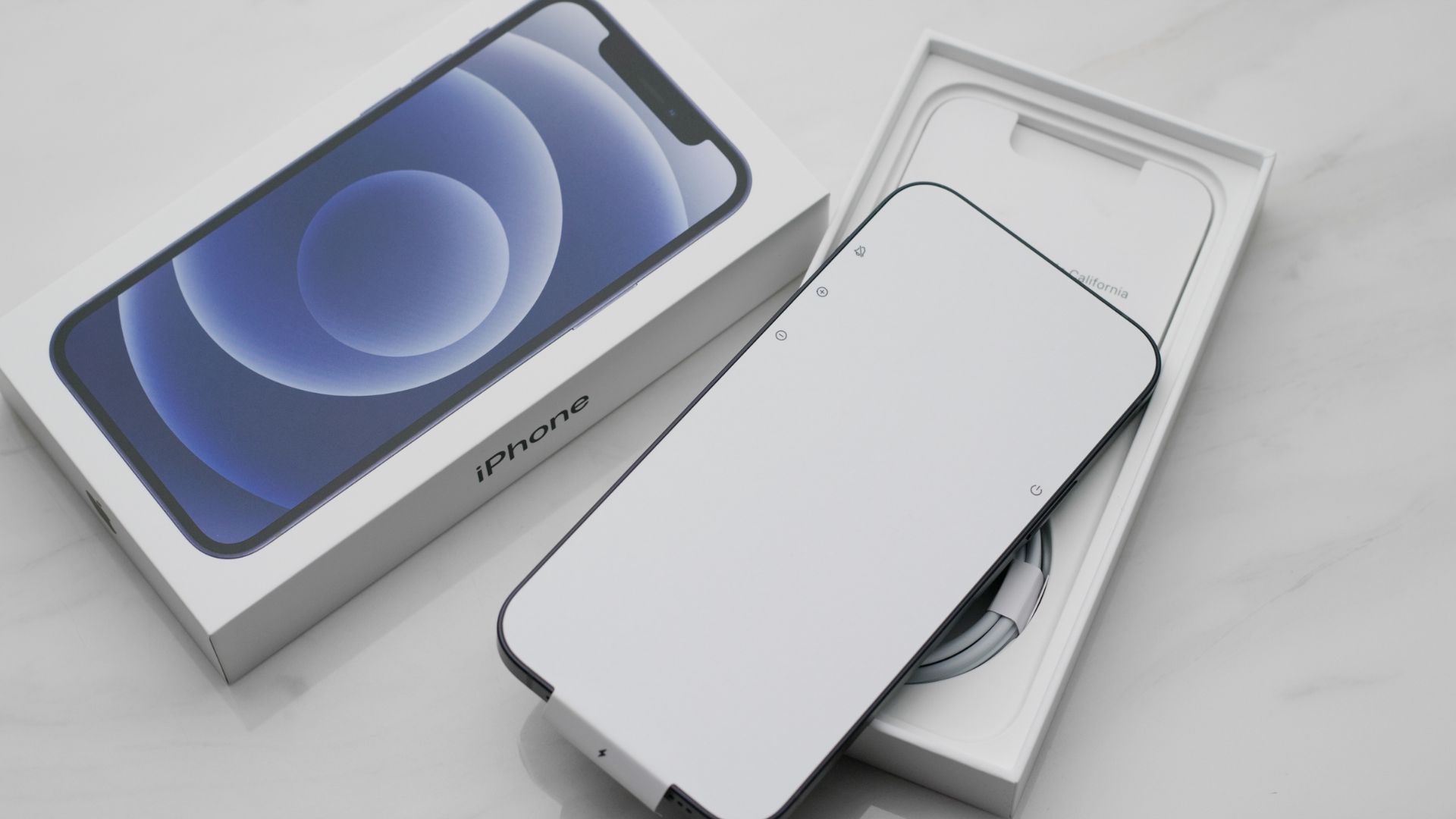
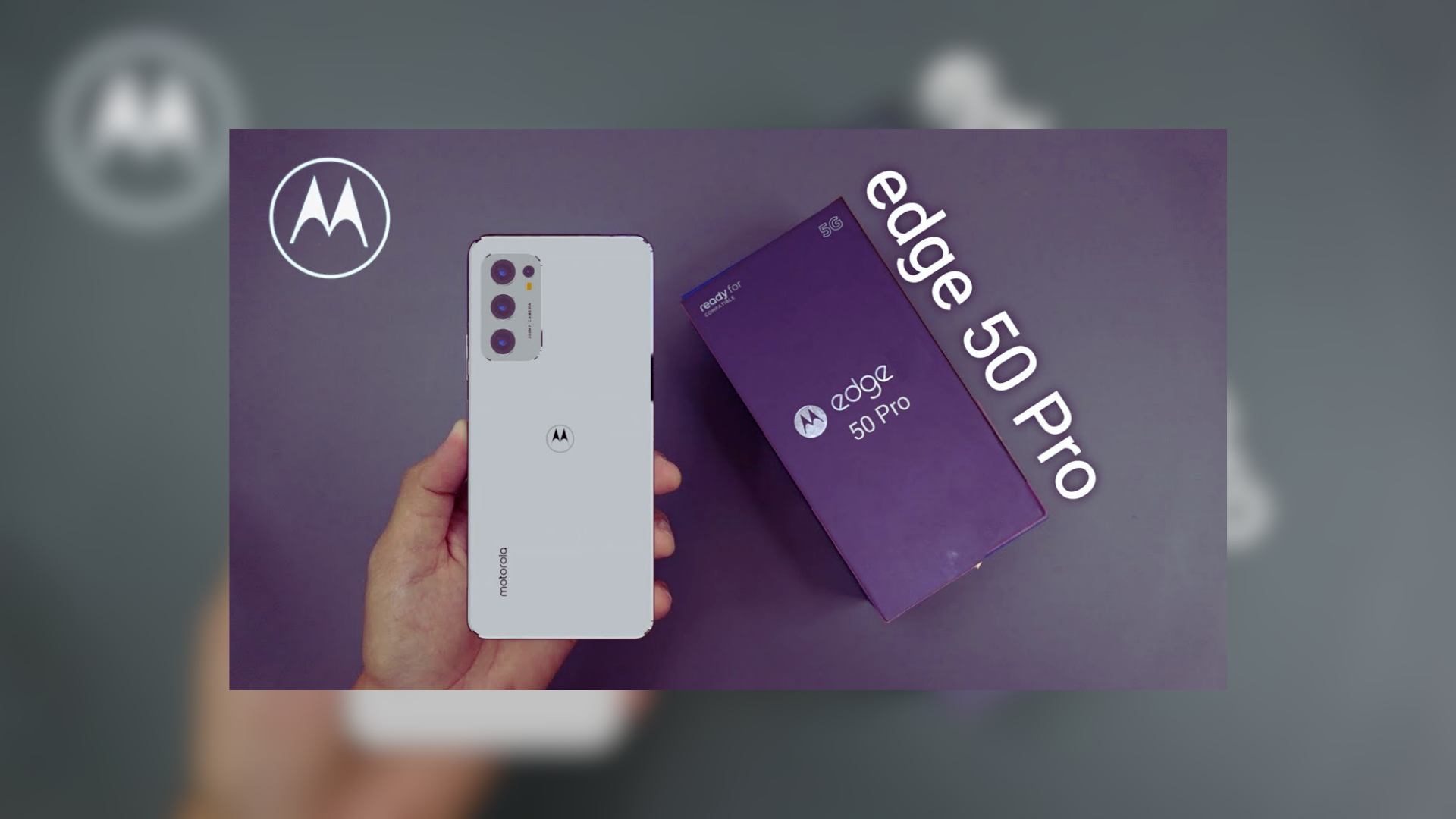

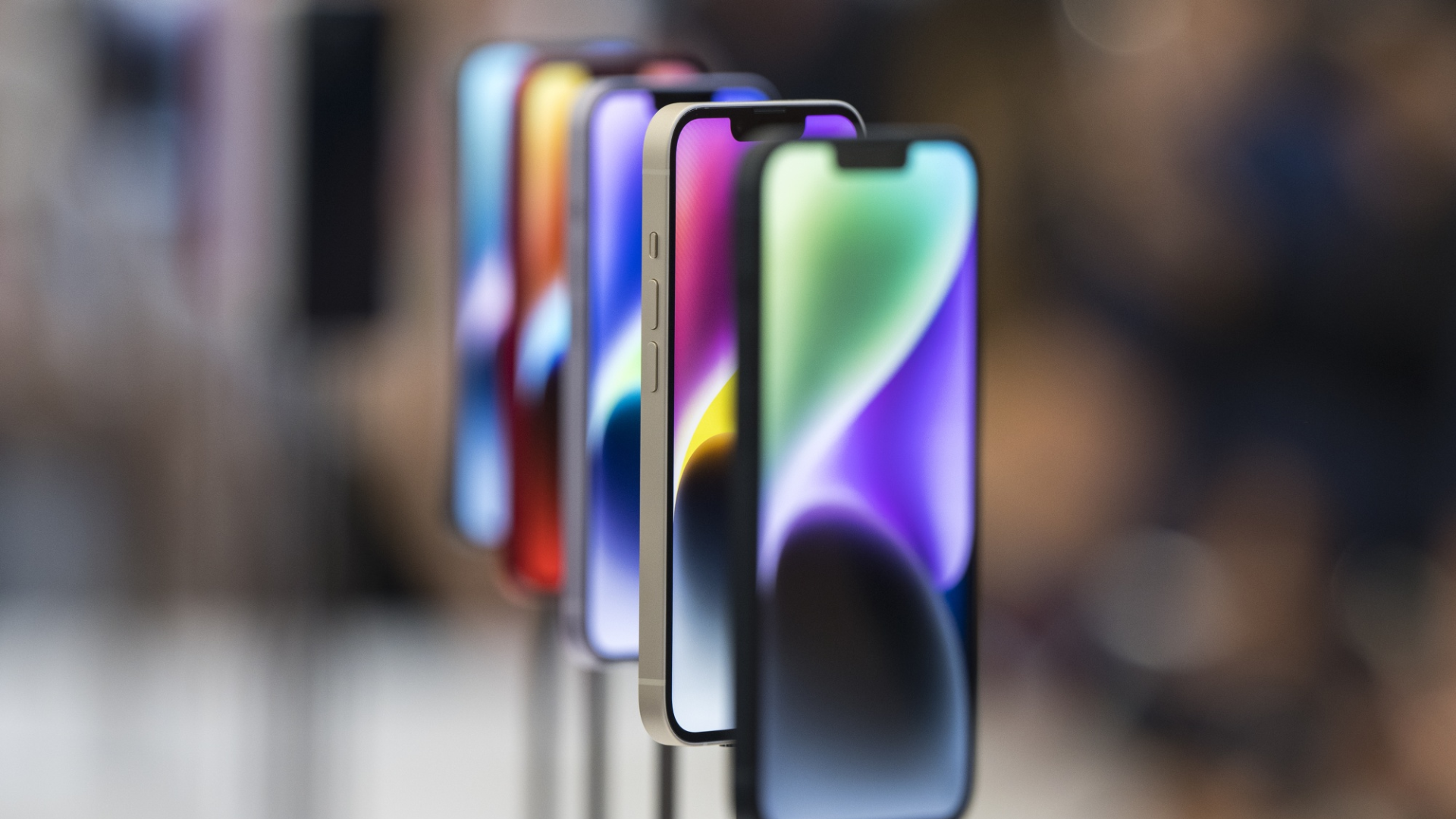
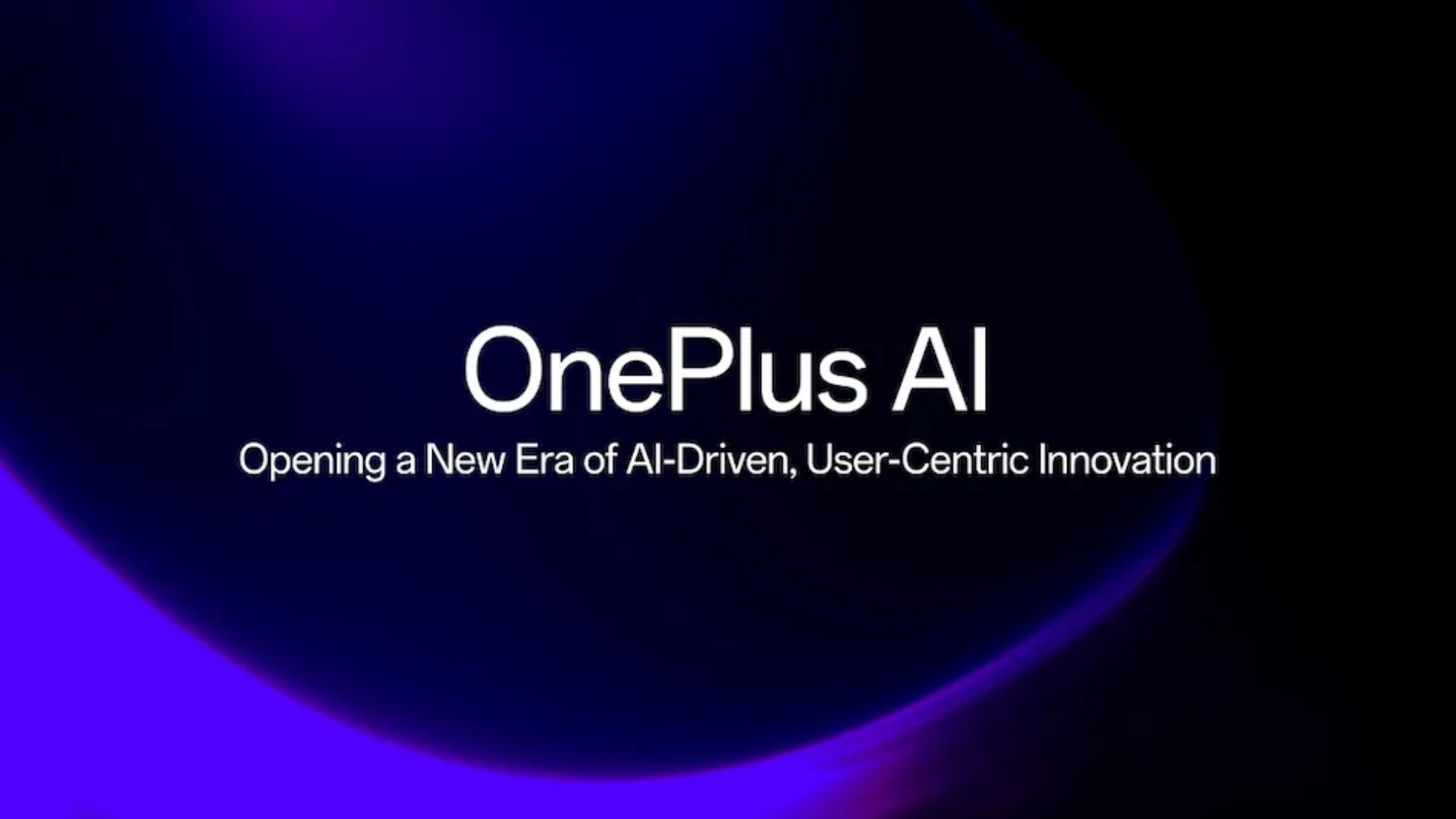


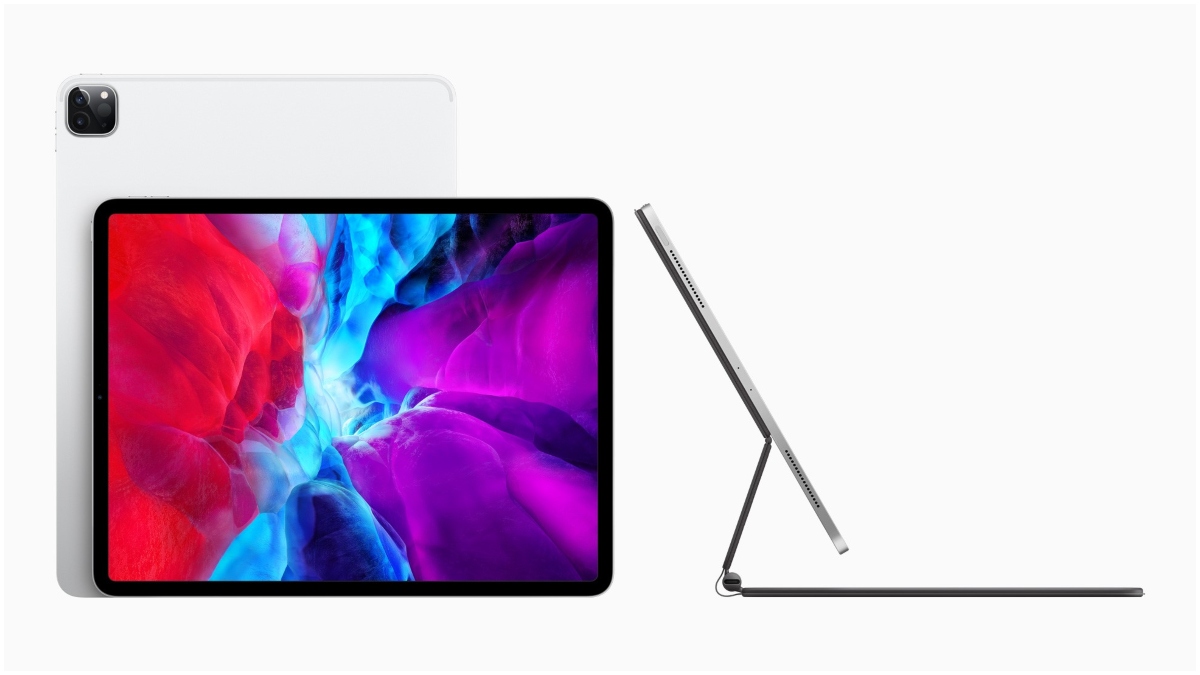
Apple iPad Pro 2020: It is not often that a consumer electronics gadget caters to two opposing tasks. One that helps to create, yet also enables us to slack off. In more precise words procrastinate and yet, create. That’s what in a nutshell is Apple’s new iPad Pro, especially when it is married with its new magic keyboard which also represents a “u-turn” of epic proportions for a company that poked fun at traditional input mechanisms of computing. The fact that Apple had hamstrung the iPad for years with just a superlative touch experience was emblematic of a gadget at a crossroads — something of a middle ground between a phone and a PC. The one thing it always excelled at was fun — be it playing games, watching movies, listening to music or even reading text. Procrastination. And then in late 2018 came along the iPad Pro model which added an edge-to-edge screen inspired from the iPhone. It even had the potential to be as fast as a high-end laptop while also managing to woo big-ticket software makers like Adobe to create their super-popular photo editor Photoshop. This new version continues the narrative of the iPad Pro being truly a pro at creating, perhaps so in the most compelling way so far, while retaining its credentials of being the ultimate companion of the couch potato.
It took Apple five years to give the iPad a stylus — the Apple Pencil. It has taken it ten years to give it a mouse and trackpad. This evolution has been slow and steady, but perhaps very masterfully timed.
For the consumption of content and entertainment, the iPad Pro was always a beast. But Apple had started turning a corner on the creation bit ever since Apple added the “Pro” moniker. Of course, the first iPad Pro came out in 2015 with the Apple Pencil, but perhaps the biggest gains came with the Apple Pencil. It was a narcissistic “U” from the company that once bemoaned the idea of a stylus or input device for a touch screen interface. It even brought out executives from its age-old rival Microsoft to showcase a version of Office for iPad.
Also Read: Xiaomi’s Redmi Note 9 Pro is the ultimate affordable all-rounder
But real progress started happening in 2017 when the third-generation iPad Pro was unveiled at Apple’s WWDC conference. Its silicon was so powerful that it could handle layered image editing faster than some notebooks that were powered by Intel’s Core i5 CPUs. Apple showed a demo of an app called Affinity which was the melting point. This was the first time people started realizing that a mobile CPU could be faster than an Intel CPU which powered things like an iPad or iPhone. A big part of this narrative includes Apple’s incredible progress with mobile silicon coinciding with the slowdown of Moore’s Law and Intel’s inability to improve the x86 architecture fast enough.

So when Apple launched the next iPad Pro in 2018 at the Brooklyn Academy of Music in New York, it was time for it to flex its muscles from a hardware point of view. The iPad Pro in 2018 made a statement that Apple could make something equally good for creation and consumption from a hardware standpoint using the technology it invented for the iPhone. With an edge-to-edge screen, you had a bright wide canvas to create on. Its new A12X CPU was said to be faster than the chip on the MacBook Pro of that generation while it also boasted graphics of an Xbox One S in a package that was as thin as a pencil with no fans. Apple added USB-Type C, Face ID, and a brand new Apple Pencil into the mix. Apple even managed to get Adobe on board for a promising demo which turned into real software only late last year.
As good as the iPad Pro was in 2018 from a hardware point of view, it just didn’t have the software underpinnings to become a creative tool. It was still based on iOS 12 with some minor adaptations for the new form-factor, but largely you were looking at very powerful hardware that didn’t have an operating system that allowed it to become a “Pro” tool. But it turned out Apple had been working on that project for a while and its failings with iOS 11 delayed the project which meant the software was a couple of months behind the hardware. At WWDC 2019, Apple showed that new vision for the iPad called iPadOS — which was a massive reimagining of the iOS experience for the iPad screen.
Now you had more advanced multitasking, drag and drop functions, the Files app could be used as a file manager, the safari browser now supported web apps and had a download manager, the USB Type-C port could be used to load up content or files from thumb drives while also supporting accessories and hidden inside the accessibility menu was TRACKPAD support.
Apple also had third-party software catching up. You had Apple Arcade now which was its game subscription service, LumaFusion had a great video editor out while Adobe was months away from a PC version of Photoshop running on the iPad. The iPad wasn’t only very powerful, probably more so than the office desktop you used, but it was a simpler form of computing. It was also great fun. This transition came at a time people were more comfortable using just the internet to share files over cloud services like Google Drive. It happened at a time where people were more interested in playing PUBG on their phones than play Fifa 2019 on their consoles or PCs. Generally, as a society, we are more accustomed to more on our phone than the PC these days, so it made sense that Apple pulled some levers on the iPad which was using the same platform as its haloed phone.

So when I talk about the new iPad Pro which Apple dropped last evening — I look at it from this 10-year lens — its mutation from being an appliance for fun to being the ultimate modern tool for both creation and procrastination. This new iPad comes with the magic keyboard attachment which adds a trackpad powered by the iPadOS 13.4 update which will land in a week which adds a trackpad interface specifically for a touch-first device. This isn’t an arrow for the heck on it. The pointer looks like a touchpoint which according to Apple makes sense as an iPad has always been a touch interface based device. The pointer also transforms when it hits an icon and marks it out contextually allowing the user to mimic iPad gestures. It also supports multitasking gestures that people are familiar with while using a Mac. Apple hasn’t just added trackpad and mouse support, it has reinvented the mouse for a device like an iPad. The mouse hasn’t seen innovation in 30 years which is transformative.
This is the type of thing that Microsoft or Google never did with their operating systems or tablets. Their idea of a touch-based tablet that could also be a full computer was on point, but they were trying to shoe-horn a PC concept on a touch-first environment. In the case of Microsoft, even now, they are essentially using a PC operating system on a much smaller screen. Apple isn’t and that makes all the difference.
The new iPad Pro goes beyond the realm of a normal creation device. For the first time, the pitch is of a gadget which allows you to not only shoot 4K video recorded in great clarity thanks to the 5 studio microphones embedded in the iPad along with Apple’s superb camera technology but also the very same gadget can edit the video to create professional content. Apple’s A12Z BIONIC processor is its fastest chip — it adds an 8-core CPU with an 8-core GPU which makes it so powerful that 4K video can be edited on the device. It would be lovely if Apple released a version of its Final Cut Pro video editor because that will close the loop but already there are some good third party solutions for creators. These workflows also become more usable with trackpad support.

The addition of the LiDAR makes the iPad even more transformative as this becomes perhaps the first mass consumer product to have this laser technology that’s usually reserved for self-driving cars. Apple’s push into the augmented reality space has been aggressive. iOS already is the world’s biggest AR platform and the addition of the LiDAR isn’t just an outlier for future Apple products like the iPhone 12 later this year, but an embodiment of what Apple believes the iPad can be. The one gadget where you do everything — ideate, create and procrastinate on all on the go.
The new iPad Pro is cheaper than ever starting at Rs 71,900 for the 128GB model, though its magic keyboard is obnoxiously expensive at Rs 27,990. The combination of which makes it more expensive than the new MacBook Air which starts at Rs 92,990 but then again you are probably getting an equally fast gadget with a better screen, iPhone like cameras with a sensor that’s usually found on self-driving cars and the adaptability and portability of a gadget that the late Steve Jobs unveiled sitting on a couch in front of 5,000 people at San Francisco’s Moscone centre a decade ago.










